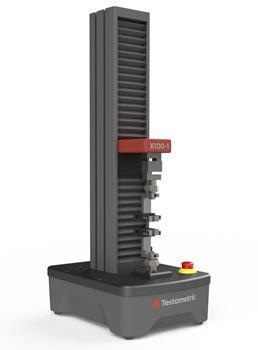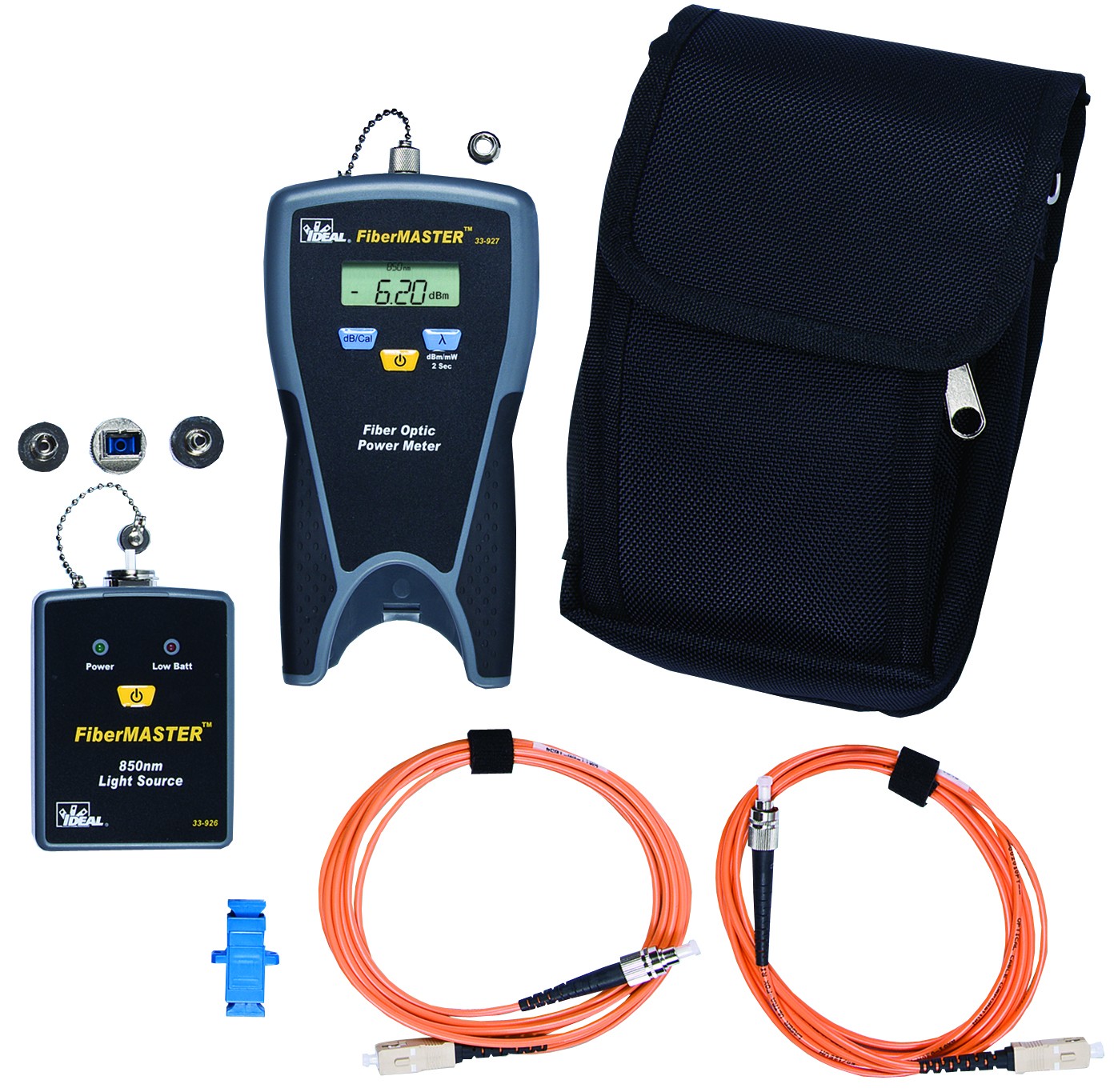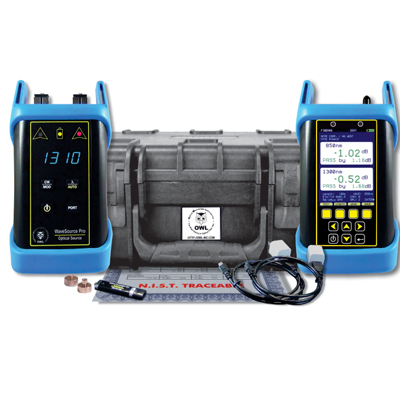Exploring Advanced Techniques in Fiber Measurement and Their Sector Impact
In today's textile industry, exact fiber measurement is crucial for maximizing manufacturing procedures and conference sustainability objectives. With the rise of ingenious imaging and logical tools, you can get deeper insights right into fiber framework and structure. This shift not just enhances efficiency but additionally lines up with industry criteria. As these innovative methods evolve, you might question exactly how they can even more transform producing methods and impact the future of fabrics.
The Value of Accurate Fiber Measurement in Fabric Manufacturing

Cutting-edge Imaging Technologies for Fiber Evaluation
When it concerns fiber evaluation, cutting-edge imaging modern technologies are video game changers. High-resolution microscopy strategies and spectroscopic analysis techniques provide you with in-depth understandings right into fiber structure and make-up. These developments not just improve precision however also streamline your measurement procedures.
High-Resolution Microscopy Techniques
High-resolution microscopy methods have actually reinvented fiber analysis, permitting scientists to picture fibers at unmatched degrees of detail. With approaches like scanning electron microscopy (SEM) and transmission electron microscopy (TEM), you can observe fiber morphology, surface area functions, and cross-sections with exceptional quality. These methods allow you to compare various fiber kinds and evaluate their architectural honesty. You'll locate that high-resolution imaging helps determine defects, additions, and other critical attributes that can influence product performance. Advancements in digital imaging software program have actually enhanced photo processing, making it less complicated to assess and translate data. By embracing these innovative techniques, you can drive better accuracy in fiber measurement and add to advancements in various markets, from textiles to compounds.
Spectroscopic Analysis Approaches
Spectroscopic analysis approaches have arised as effective devices for fiber characterization, offering insights that complement high-resolution microscopy. You can make use of techniques like infrared (IR) spectroscopy, which aids determine the chemical structure of fibers by gauging molecular resonances. Raman spectroscopy supplies another layer of information, allowing you to evaluate molecular frameworks through scattering of monochromatic light. These methods not only boost your understanding of fiber properties however likewise enable the detection of contaminations and structural variations. By incorporating spectroscopic techniques with typical microscopy, you acquire a more extensive view of fibers' physical and chemical features, boosting your research study precision. Eventually, these advancements can especially impact material option and top quality control in different industries.
Advanced Analytical Devices and Their Applications
As you discover the domain name of fiber measurement, you'll find that innovative analytical tools play a crucial role in enhancing accuracy and efficiency. Strategies like high-performance fluid chromatography (HPLC) and gas chromatography (GC) allow you to examine fiber structure with remarkable precision. These tools allow you to recognize particular parts and pollutants, making sure quality assurance in your products.Additionally, utilizing scanning electron microscopy (SEM) provides you a thorough view of fiber structure, assisting you understand exactly how various treatments impact performance. Modern software also enhances information evaluation, making it much easier to interpret complex outcomes and collaborate throughout teams.

Impact of Fiber Measurement on Manufacturing Performance
While accurate fiber measurement may appear like a little detail, it significantly impacts manufacturing performance in the fabric sector. When you purchase precise fiber dimension strategies, you can maximize resources use and lessen waste. This brings about better resource appropriation, enabling you to generate high-grade textiles without excessive using resources.By understanding fiber features, you can tailor production processes to certain products, enhancing your process and minimizing downtime. For example, knowing the specific tensile toughness of fibers lets you change machinery setups for optimum performance. This not only accelerates production however additionally guarantees constant product quality.Moreover, exact fiber measurement assists you identify issues early in the production line, stopping expensive reworks and hold-ups (fibre testing equipment). On the whole, carrying out sophisticated fiber measurement methods enhances operations, boosts effectiveness, and eventually boosts earnings. In today's affordable market, every information counts, and exact fiber measurement is a game-changer
Sustainability Considerations in Fiber Evaluation Techniques
When you assess fiber, it's vital to consider lasting methods that can reduce ecological effect. Making use of environment-friendly dimension approaches and decreasing waste in your assessments can significantly improve your total sustainability. Furthermore, incorporating lifecycle evaluation right into your methods can provide a more clear photo of your fiber's environmental impact.
Eco-Friendly Measurement Approaches
Thinking about the growing need for sustainability in numerous industries, taking on eco-friendly measurement methods for fiber assessment has actually ended up being necessary. You can start by using non-toxic solvents and eco-friendly materials in your screening procedures. These alternatives not only reduce environmental impact yet also enhance security for your group. Executing electronic measurement methods can further lessen waste, as they frequently call for less physical samples and sources. Furthermore, leveraging cutting-edge technologies like near-infrared spectroscopy can generate look these up exact outcomes without dangerous chemicals. By selecting these greener approaches, you contribute to a much more sustainable future while preserving high requirements in fiber top quality. Inevitably, incorporating environmentally friendly techniques right into your fiber evaluation not just straightens with consumer values however likewise boosts your brand's track record.
Reducing Waste in Evaluation
To effectively lower waste in fiber evaluation, you can implement techniques that simplify your screening processes and decrease source usage. Beginning by optimizing sample sizes; making use of smaller samples can produce accurate results while preserving products. Next off, purchase multifunctional tools that permits different examinations without requiring multiple tools, minimizing power and source usage. You should additionally think about adopting digital devices for data collection and analysis, which can lower paper waste and boost performance. On a regular basis educating your group on sustainable methods assures every person's on board with waste reduction goals. Ultimately, collaborating with distributors that prioritize sustainability can further boost your initiatives, permitting you to examine fibers while preserving a commitment to environmental responsibility.
Lifecycle Analysis Integration
Integrating lifecycle analysis (LCA) right into fiber assessment methods can considerably enhance sustainability efforts. By analyzing the ecological influences of fibers from production to disposal, you can identify locations for renovation. This strategy helps you comprehend source intake, power usage, and waste generation throughout the fiber's life.When you include LCA, you're not simply determining fiber features; you're also thinking about the eco-friendly footprint. This alternative view allows you to make enlightened choices that focus on sustainability. You might choose fibers that need less sources or have a lower carbon impact. Inevitably, LCA equips you to maximize processes, lower waste, and promote eco-friendly choices in fiber manufacturing, aligning your exercise with international sustainability objectives.
Industry Requirements and Regulations Shaping Fiber Measurement
As the need for high-quality fiber products grows, comprehending the market standards and regulations that regulate fiber dimension becomes essential. These standards guarantee uniformity, precision, and safety and security in the dimension procedure, which ultimately influences item quality. Organizations like ASTM International and ISO set forth standards that producers need to abide by, covering numerous aspects such as fiber identification, strength screening, and wetness material analysis.

Future Patterns in Fiber Measurement and Fabric Production
How will innovations in technology improve fiber dimension and fabric production? You'll see a change toward automation and real-time data evaluation, enhancing precision and efficiency. Smart sensing units will certainly keep an eye on fiber homes why not look here continually, permitting instant changes in manufacturing. This implies you can expect greater high quality fabrics with less waste.Moreover, AI and equipment knowing will certainly anticipate patterns in customer preferences, making it possible for makers to adapt promptly. fibre testing equipment. By incorporating blockchain modern technology, you'll have much better traceability of products, ensuring sustainability and honest sourcing.Virtual fact and boosted reality will certainly contribute too, using immersive training experiences for workers on fiber handling and production processes.As you embrace these changes, the fabric industry will transform right into a more receptive, lasting, and cutting-edge field, establishing brand-new standards for quality and efficiency. The future of fiber measurement and fabric production is bright, and it's time to jump on board
Frequently Asked Questions
What Are one of the most Common Fiber Kind Measured in the Industry?
In the sector, you'll commonly encounter natural fibers like cotton and woollen, in addition to synthetic alternatives such as polyester and nylon. Each kind has unique residential properties, affecting their measurement and application in various items.
Exactly How Do Fiber Measurements Impact Consumer Item Quality?
Fiber measurements straight affect customer item quality by making certain consistency, resilience, and efficiency. When you recognize these metrics, you can make enlightened choices, bring about boosted complete satisfaction and better overall experiences with the items you use.
What Training Is Needed for Fiber Measurement Technicians?
To become a fiber dimension professional, you'll this page require customized training in fabric scientific research, dimension methods, and devices procedure. Hands-on experience and certifications can boost your abilities, making you skilled in accurate fiber analysis and quality control.
Exist Any Kind Of Certifications for Fiber Measurement Professionals?
Yes, there are accreditations for fiber measurement specialists. You can seek choices like the Qualified Fiber Optics Service Technician (CFOT) or numerous industry-specific qualifications that boost your expertise and integrity in fiber measurement and testing.
How Can Small Companies Execute Fiber Dimension Techniques Properly?
You can implement fiber measurement methods efficiently by spending in economical devices, training your team, and establishing clear procedures. Work together with market professionals and continually fine-tune your procedures to boost accuracy and performance with time.